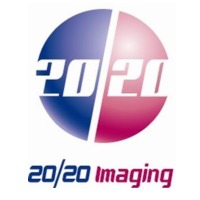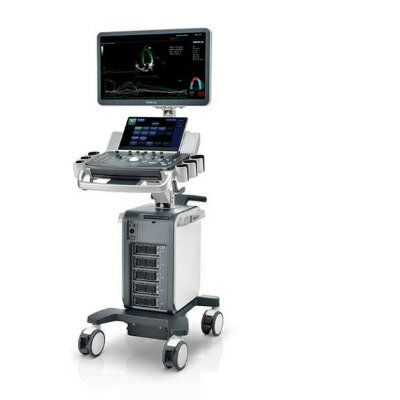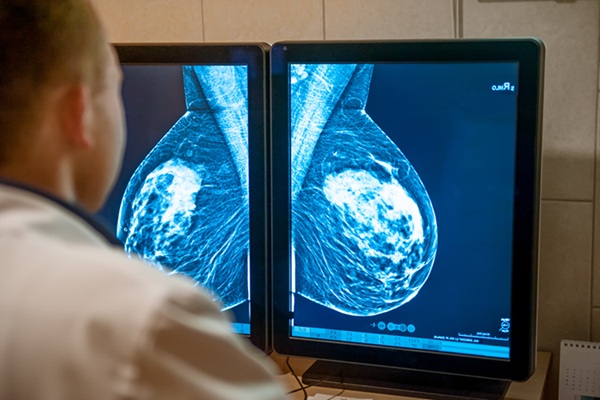Breast and Lungs Should Be Considered When Determining Thoracic Imaging Protocols
By MedImaging International staff writers
Posted on 19 Oct 2011
Physicians are urged to prudently take in account the radiation dose to the breast and lungs before deciding which computed tomography (CT) protocol to use for thoracic imaging of individual patients, a new study cautioned. Posted on 19 Oct 2011
The study compared organ doses to the breast, lungs, and pelvis using commonly used protocols and found a change in protocol could decrease breast radiation dose by more than 50%. “The highest doses to the breast skin and parenchyma were found with our standard thoracic CT protocol [120 kVp, variable 120 mA - 320 mA] and the protocol we use to assess for pulmonary embolism in the general population [120kVp, variable 200 mA - 394 mA],” said Dr. Diana Litmanovich, from Harvard Medical School (Boston, MA, USA), and the lead author of the study. “We found the dose was reduced by more than half when we used our protocol for assessing pulmonary embolism in pregnant or young patients [100 kVP, fixed 200 mA],” said Dr. Litmanovich.
The conventional thoracic CT and the pulmonary embolism protocols also led to the highest radiation doses to the lung, Dr. Litmanovich reported. The lung received the highest organ dose regardless of the protocol, whereas pelvic radiation was low regardless of the protocol. “Despite efforts to reduce radiation dose, irradiation of the breast and lung remain substantial. The study emphasizes the need for caution when we are planning our CT protocols,” she concluded.
The study was published in the October 2011 issue of the American Journal of Roentgenology.
Related Links:
Harvard Medical School














